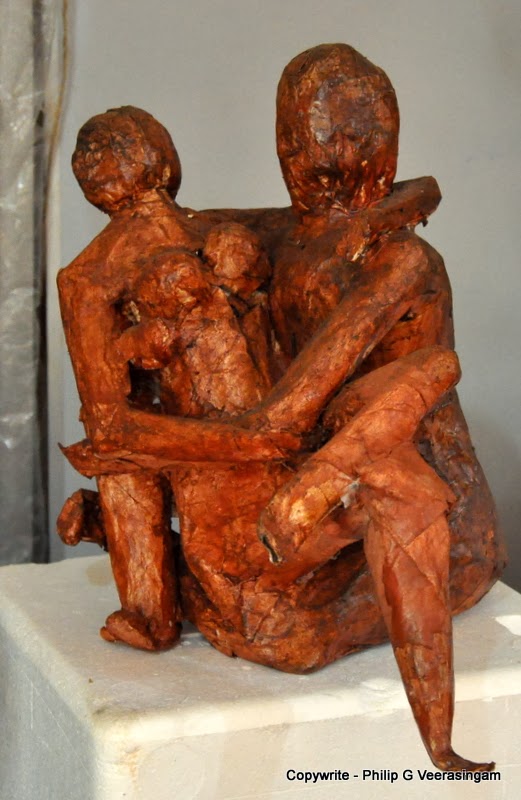Saturday, March 1, 2014
Friday, February 28, 2014
Laughter.
Children laughing, Gurubevilagama, Alupola, Rathnapura, Sri Lanka.
Click on the web-link below:-
http://youtu.be/--XkNwtR2dw
Click on the web-link below:-
http://youtu.be/--XkNwtR2dw
Thursday, February 27, 2014
Wednesday, February 26, 2014
Paintings, Avissawella, Sri Lanka.
 |
| 'A cock-bird, male in all it's beauty'. |
 |
| 'Masks' |
Video stills of the Art Exhibition by Mr. Kingsley Perera:-
http://youtu.be/dRt1UYUoKjY
Tuesday, February 25, 2014
Monday, February 24, 2014
Excerpt from 'Diversions of a Diplomat' By Philip Crowe.
The above book was published in 1956. Mr.Philip Crowe took up duties as American Ambassador to Ceylon in 1953 when Lord Soulbury was the Governor General.It is a very interesting read and the book should be owned by any student of Ceylon History of the 1950s. Below is a short and succinct history of Ceylon from Greek times as given by the author of the above book:-
'...In early historical times, Ceylon was well known to
the Mediterranean world. Megasthenes, Greek Ambas-
sador to the court of the Hindu Chandragupta, who ruled
three centuries before Christ, had heard of the Island and
called it Palaeogoni. In the reign of the Roman Emperor
Claudius (A.D. 41-54), a King of Ceylon sent an embassy
to Rome, and in the second century A.D. Ptolemy, the
astronomer and geographer, engraved his famous map of
Taprobane, as Ceylon was later known. There is reason
to believe that one of the coastal cities of the Island was the
fabled Tarshish with which Solomon used to trade. Coins
of all these countries have been dug up in Ceylon and there
are today many descendants of the Moorish traders who
came in the ninth century.
However, it was not until the early days of the sixteenth
century that Europeans again took an active interest in
Ceylon. On November 15, 1505, the Portuguese Admiral
Dom Louren9o de Almeida landed at Colombo and carved
his nation's arms on the first available rock. His arrival
caused vast admiration and much fear among the inhabit-
ants. According to the Rajavaliya^ the people reported to
King Vira Parakrama Bahu VIII that 'a race of people
with fair skin and comely withal have come. They don
iron jackets and hats of iron ; they eat hunks of stone
(probably hard bread) and drink blood (undoubtedly red
wine) ; they give gold and silver for one fish or a lime.'
Later, the Portuguese envoys called on the king and, having
been promised a tribute of cinnamon, took the king under
Portuguese 'protection'. This was the first move in a
series of alliances, intrigues and wars that were to make
Portugal the dominant power in the Island for the next
one hundred and fifty years...'











